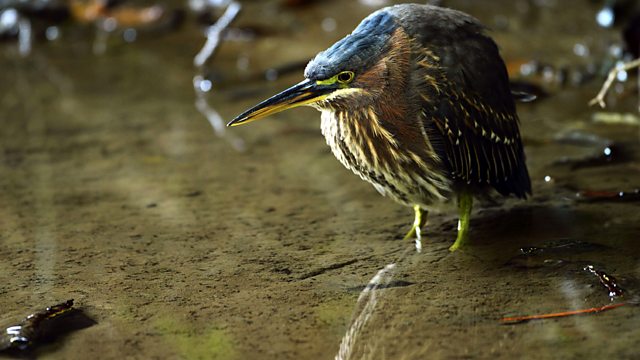Heligan: Secrets of the Lost Garden – Looking at the secret lives of the wildlife in one of Britain’s favourite gardens. Shot by Charlie Hamilton-James, this film follows various animals, from the family of foxes that play after hours in the pleasure gardens to the toads in the Italian garden and the badgers that clear up the tea rooms at night. Set against the background of the gardening year, these stories reveal life behind the scenes at Heligan.
The Lost Gardens of Heligan are located near Mevagissey in Cornwall, England and are considered to be amongst the most popular in the UK. The gardens are typical of the 19th century Gardenesque style with areas of different character and in different design styles.
Heligan: Secrets of the Lost Garden
The gardens were created by members of the Cornish Tremayne family from the mid-18th century to the beginning of the 20th century, and still form part of the family’s Heligan estate. The gardens were neglected after the First World War and restored only in the 1990s, a restoration that was the subject of several popular television programmes and books.
The gardens include aged and colossal rhododendrons and camellias, a series of lakes fed by a ram pump over 100 years old, highly productive flower and vegetable gardens, an Italian garden, and a wild area filled with subtropical tree ferns called “The Jungle”. The gardens also have Europe’s only remaining pineapple pit, warmed by rotting manure, and two figures made from rocks and plants known as the Mud Maid and the Giant’s Head. The place name, properly pronounced /hɛˈlɪkɛn/, and not the commonly heard /ˈhɛlɪɡən/, is derived from the Cornish word helygen, “willow tree”.
The Lost Gardens of Heligan completely surround Heligan House and its private gardens. They lie some 1.5 mi (2.4 km) to the north-west of, and about 250 ft (76 m) above, the fishing village of Mevagissey. The gardens are 6 mi (9.7 km) by road from the town and railway station of St Austell and are principally in the civil parish of St Ewe, although elements of the eastern gardens are in Mevagissey parish.
The northern part of the gardens, which includes the main ornamental and vegetable gardens, are slightly higher than the house and slope gently down to it. The areas of the gardens to the west, south, and east of the house slope steeply down into a series of valleys that ultimately drain into the sea at Mevagissey. These areas are much wilder and include the Jungle and the Lost Valley.




